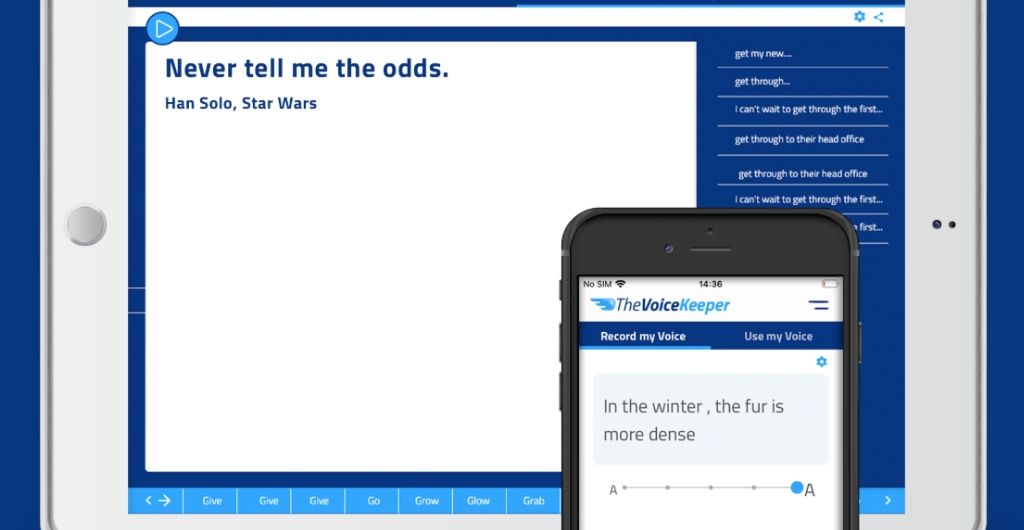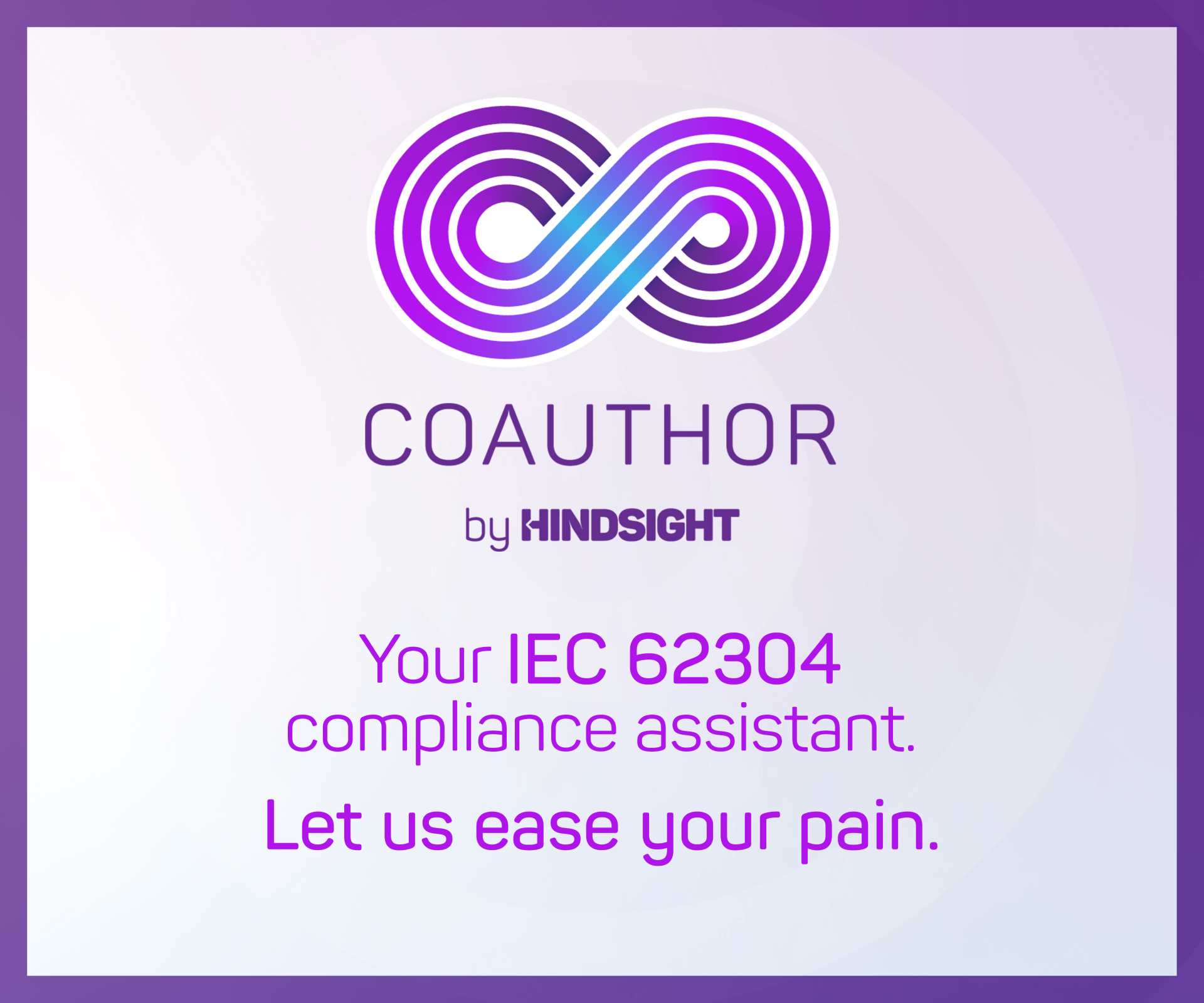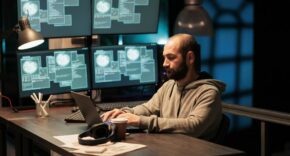
One of the many devastating side effects of rare neurological disorders such as MND and ALS is losing the ability to speak. When this happens, technology solutions such as voice banking allow individuals to not only create a personalised digital voice, but it also helps them to preserve an important part of their identity. Additionally, people who have already lost their voice can ask a loved one to create a digital voice and donate it to them.
This personalised synthetic voice can then be added to a speech-generating device which individuals can use to ‘speak’ in a voice which individuals have an emotional connection with.
How can I create a digital voice?
In order to create a digital voice, you need a computer, tablet or a smartphone. You will also need a USB microphone headset, a quiet room and a voice banking software. There are a small handful of providers available in the market and they each have their own systems and processes. Some solutions are better at capturing unique accents than others so it’s important to experiment and see what solution works best for your needs.
Current voice banking technologies require people to record hundreds or even thousands of sentences sometimes, which often can take hours or even days to complete. The Voice Keeper has simplified this process by allowing individuals to start with as little as 30-100 sentences which on average takes about 3-10 minutes. The more individuals record, the better their digital voice will sound. The technology is based on Deep Neural Networks (DNN) which we started experimenting with back in 2018.
DNNs offers several significant advantages over the traditional synthesis technology which most voice banking solutions currently use. For example, its fast learning capabilities significantly reduce the number of sentences a person needs to record in order to create a personalised digital voice. Additionally, the networks allow lower sensitivity and reduction of inconsistencies helps people to create a better-quality voice much faster than before.
We noticed that sometimes recording a huge number of sentences can be draining so we wanted to create a process that would help people to choose how much they want to record. Each time they reach a milestone, the system will send them an updated version of their digital voice. They can listen to it and decide whether they are satisfied with it or want to record more.
While some patients are able to communicate with their own natural voice several years after the diagnosis, the progress of the illness can vary, and some people lose their voice very early on. For this reason, it is very important for individuals to preserve and create a digital version of their personal voice as early as possible after the diagnosis.
This process can also remove a huge amount of stress involved with the development of the illness at a later stage and banking their voice early enough can act as a sort of insurance which users can access at a later stage.
What do I do with my new digital voice?
Once you are satisfied with the digital voice you have created, you can either start using it immediately or keep it safe until you really need it. There is a one-time payment on most solutions which allows individuals to download it onto their communication device.
What if I have already lost my voice?
Individuals who have already lost their voice can ask a loved one to create a digital voice and donate it to them. This allows them to use a voice that they have an emotional connection with rather than settling with a generic voice that comes with most communication devices. Did you know that Stephan Hawking used a voice his friend created for him? This was one of the reasons why he never changed or updated his digital voice.













